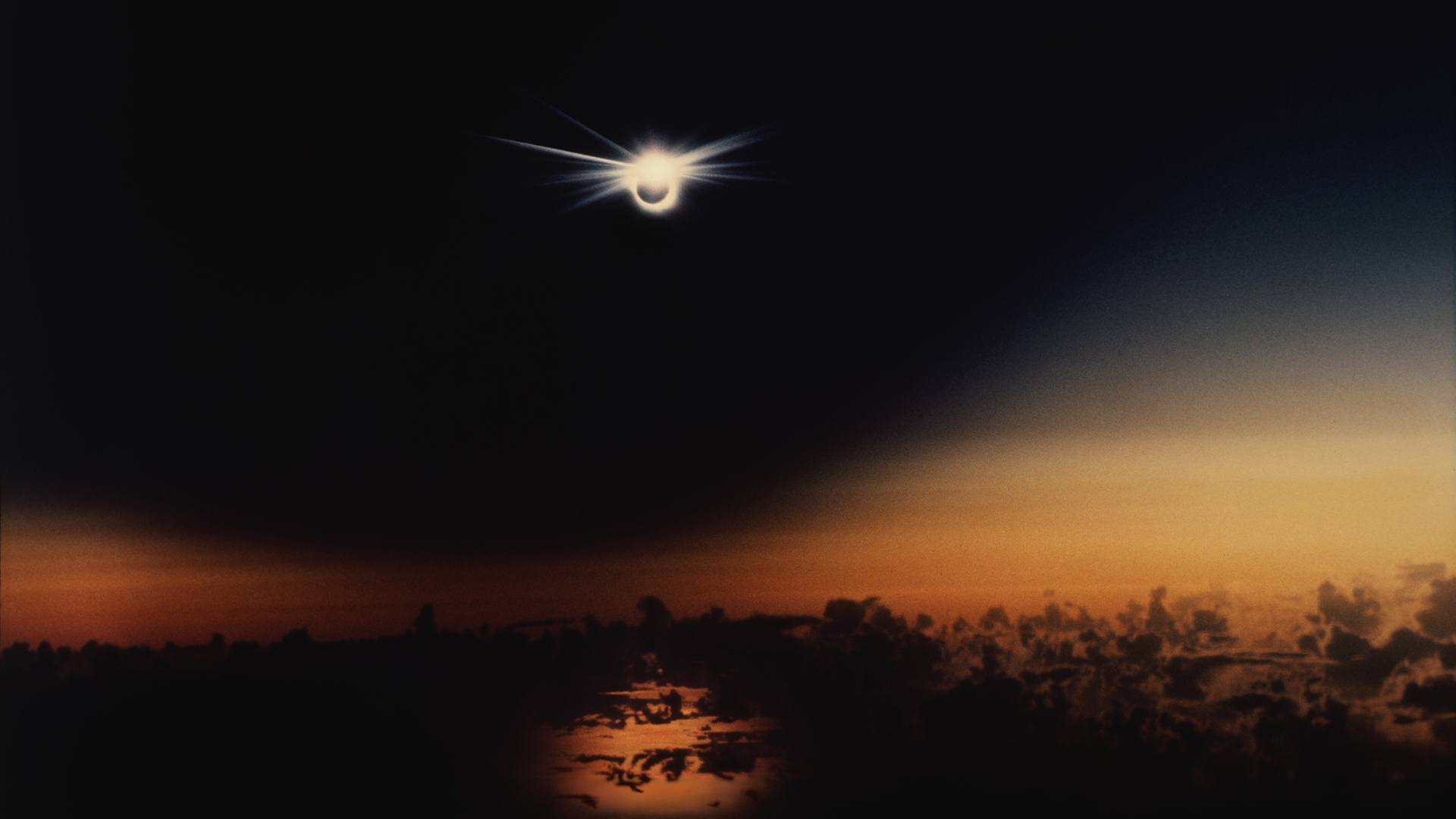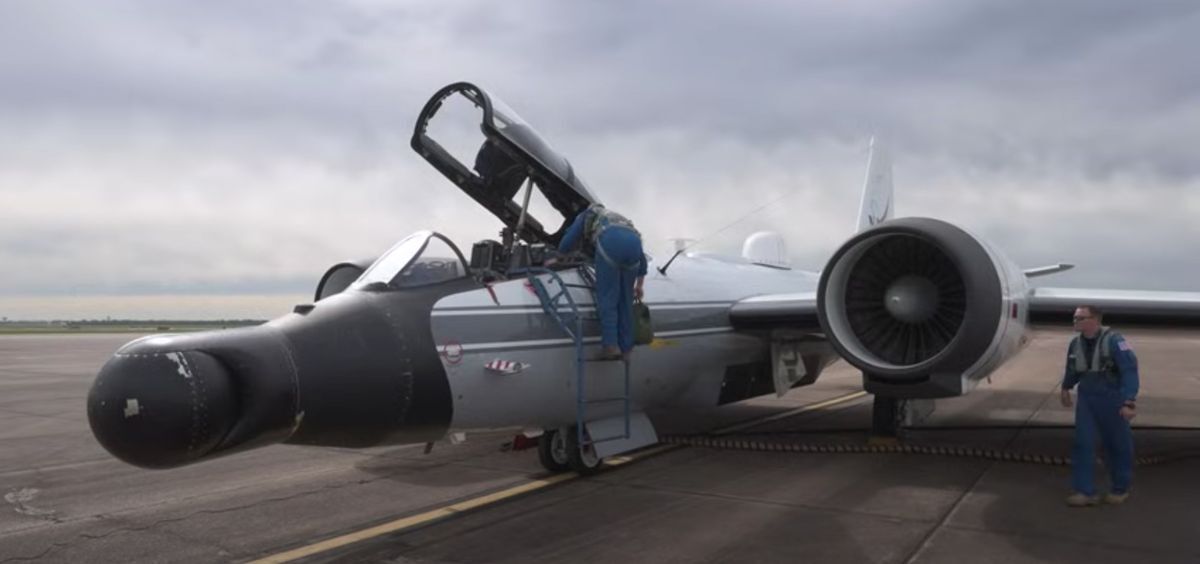
The moon's shadow will pass over a vast stretch of North America during the total solar eclipse on April 8 , and NASA is sending jets to chase it.
Two of NASA's WB-57 jet planes will follow the eclipse as it traces its path of totality across the U.S., training special instruments on the sheathed sun's outer atmosphere, or corona.
By studying the sun's outer atmosphere and its electrically-charged ionosphere, three teams of NASA scientists hope to better understand the corona's structure and temperature; how the sun impacts our planet's ionosphere; and spy any stray asteroids usually hidden in the sun's glare.
"The eclipse basically serves as a controlled experiment," Bharat Kunduri, lead researcher of the ionosphere measurement and a research assistant professor at Virginia Tech in Blacksburg, Virginia, said in a statement.
Climbing as high as 50,000 feet (15,000 meters) above the ground, WB-57s can soar above cloud cover and atmospheric particles to capture sharp images in visible and infrared light.
Related: April 8 total solar eclipse: Everything you need to know
The jets will time their takeoffs and flights precisely with the eclipse's passing; picking up to speeds of 460 mph (740 km/h) to stretch out the observed totality time by an extra 25% — making it roughly 6 minutes and 22 seconds. (For comparison, the longest totality visible on the ground will be 4 minutes, 27 seconds in Torreón, Mexico).

As they race alongside the eclipse's eastward path, spectrometers mounted on the planes will measure the temperature and the elements found within the corona and its eruptions, called coronal mass ejections. Meanwhile, cameras will measure the light of the middle and lower corona into mid-infrared wavelengths, snapping photos at such high resolutions that they could reveal a dust ring close to the sun believed to be home to asteroids.
"By extending the duration of totality, we're increasing the duration of how much data we can acquire," Shadia Habbal, a researcher at the University of Hawaii Institute for Astronomy and the lead scientist of one of the experiments, said in the statement. "This light is our best probe short of sticking a thermometer in the corona."
Finally, a third experiment will study the effect of the moon's shadow on Earth's ionosphere, enabling scientists to come back with a precise measurement on how charged it is.
"It gives us an opportunity to understand how changes in solar radiation can impact the ionosphere, which can in turn impact some of these technologies like radar and GPS that we rely on in our daily lives," Kunduri said.







